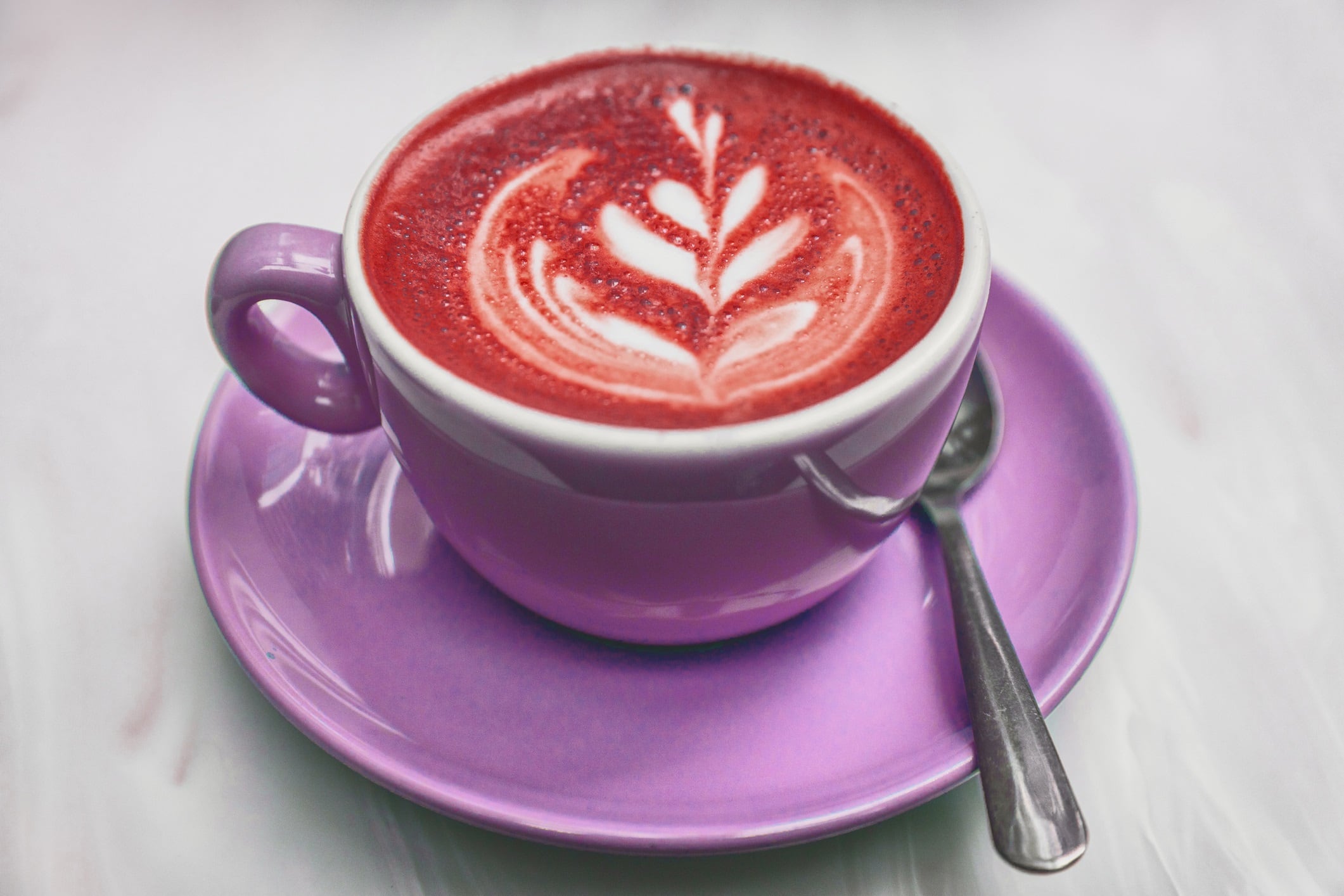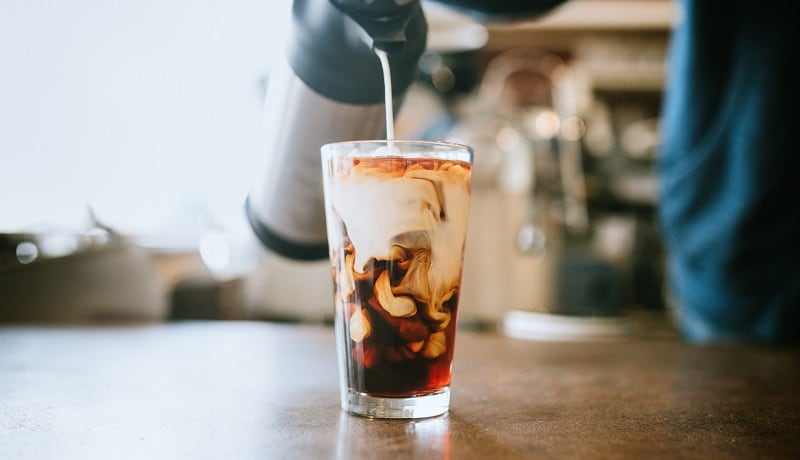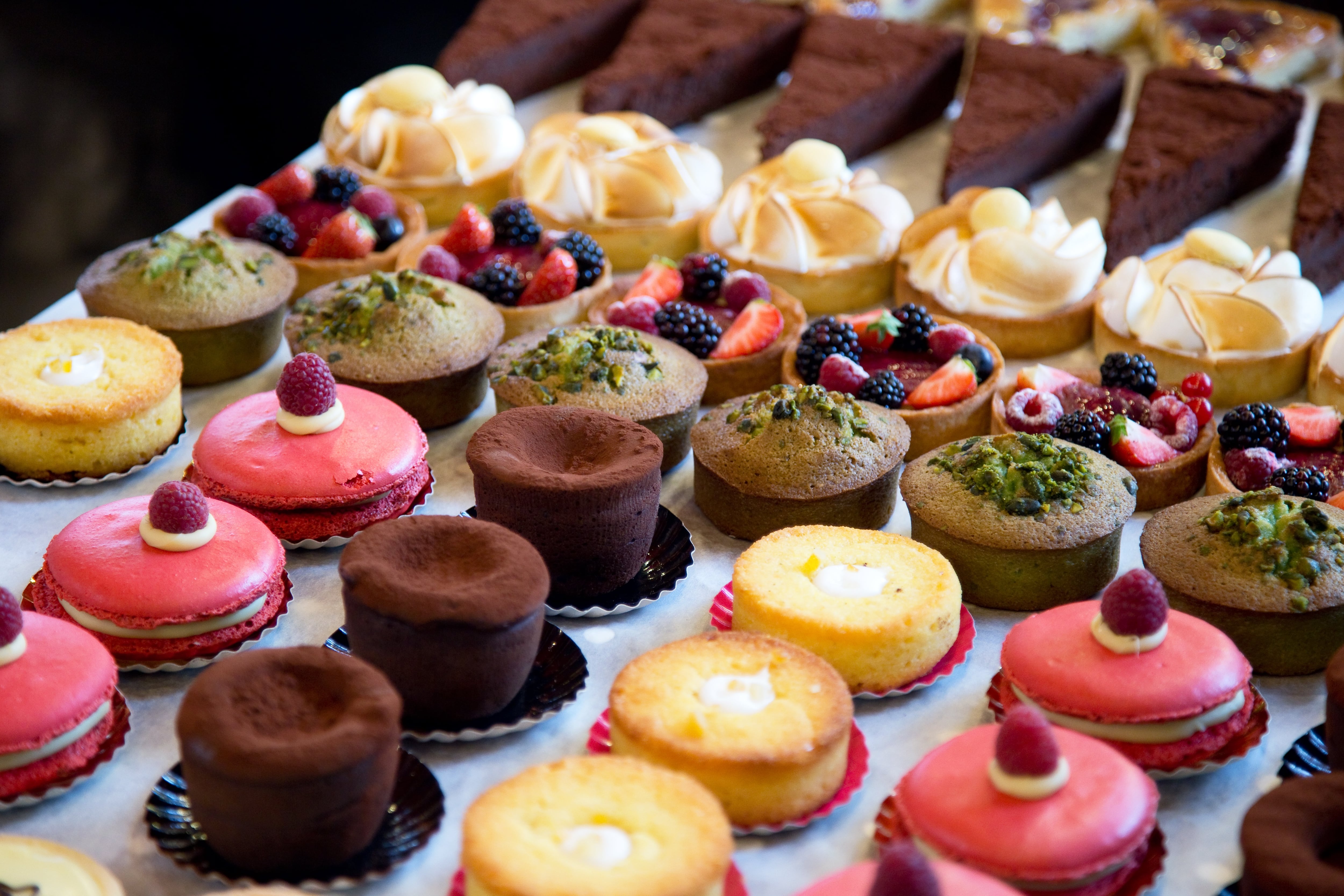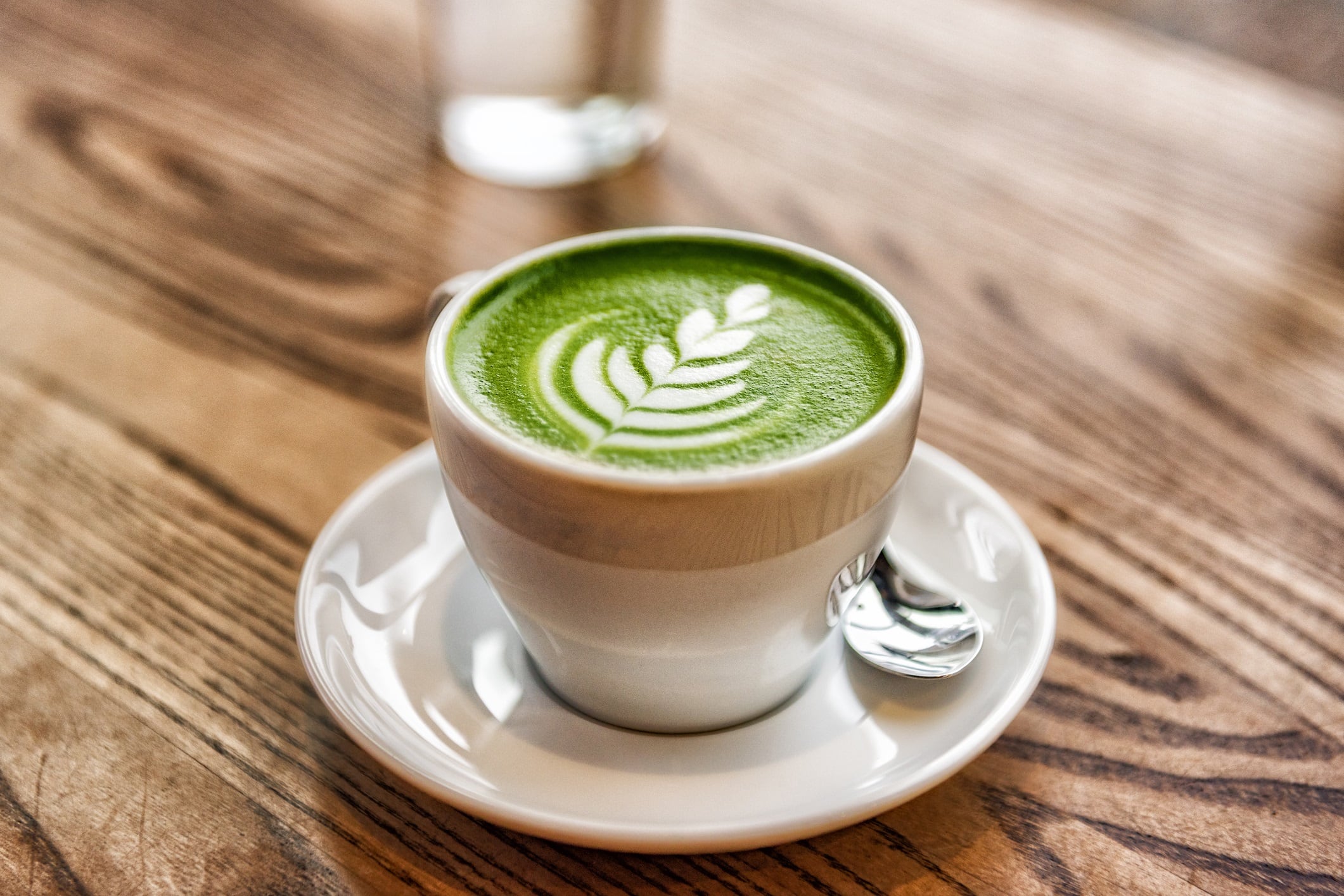There’s no doubt about it, the coffee industry is booming. Valued at a colossal $473.15bn (€416.90 – Statista), coffee is one of the most consumed beverages on the planet.
But far from sitting back and enjoying their success, coffee manufacturers are getting creative, experimenting with ingredients and temperature, to produce an ever-growing variety of beverage options.
What’s new in coffee?
Flavour variety is top of the agenda for coffee manufacturers, with some new arrivals proving particularly popular.
Pistachio
Already a firm favourite with confectionery and ice cream fans, pistachios are now set to take over the world of coffee, with pistachio flavoured coffees dominating new product development.
Jacc’s Pistachio Coffee, Aromi’s Salted Pistachio Perfection and Hormozi’s Pistachio Flavoured Coffee are just a few of the new products on the market.
But it’s not just specialist coffee producers embracing this flavour trend, big names are also entering the space, with Nespresso launching its Pistachio & Vanilla pods.
Mushroom
The growth of the health and wellness trend has led to an increase in demand for functional ingredients in all food and beverage products, including coffee.
Mushroom coffee is a blend of traditional coffee beans with extracts of medicinal mushrooms such as Chaga, Reishi, and Lion’s Mane.
And brands including DIRTEA, Free Soul, Rheal and Protein Works have been quick to capitalise on this new innovation with their own mushroom coffee offerings, helping to power the global market value to $2.71bn (Grand View Research). What’s more, it’s projected to grow by a CAGR of 5.5% over the next five years.
“Mushroom coffee is becoming increasingly mainstream,” says Flora Zwolinski, senior insight manager at Lumina Intelligence.
Beetroot
Amongst the more unusual flavour trends emerging is beetroot. The vibrant vegetable is quickly making its way into coffee cups, with brands including Milkwood launching its Beetroot Latte Powder, Blendsmiths’ creating Pink Chai, and Sweet Revolution producing its Organic Beetroot Latte With Ginger.
And it’s not surprising, since it’s been linked to a whole range of health benefits, including reducing blood pressure, supporting energy levels, improving digestive health, and supporting cognitive function, which again feeds into the growing health and wellness trend.

Cold coffee
Another undeniable trend in the coffee space is the growth of cold brew coffee.
Competing against the long-established iced coffee market, cold brew is now valued at 3.16bn and growing at a strong CAGR of 22.71% (Fortune Business Insights).
And it’s not just available in cafes and restaurants, beverage manufacturers have been busily working on launching their own iterations to take advantage of its success, including Kiss The Hippo’s Organic Cold Brew Coffee, Illy’s Cold Brew Classico, and Grind’s Espresso Cold Brew.
But while interest is growing rapidly across the globe, sales across the US, Germany, Italy, France and Spain have been particularly strong, with its dedicated army of consumers claiming the taste is smoother and milder than regular coffee.

Coffee prices up
The average price of a cup of coffee has increased by 17% since 2022 (Lumina Intelligence) yet sales continue to rise, with the at-home market projected to grow at a CAGR of 2.96% over the next five years (Statista), showing just how strong the industry is.
“Coffee has remained resilient in turbulent times,” says Lumina Intelligence’s Zwolinski.
One of the main reasons for this is the ability for coffee to serve a range of situations, including commuting to work, taking a break from work, and social occasions with friends and family.
“The expanding needs and occasions for coffee purchases - from treat to health - showcase growing opportunities to drive transaction spend,” says Zwolinski.
Coffee is also seen as an affordable treat, allowing consumers to indulge without overspending.
There’s also the option for consumers to adjust how much they spend on coffee, without having to cut it out altogether if budgets are tight. This could mean making a coffee at home rather than buying it from a cafe or purchasing a lower-priced brand.
And consumers expect value for money, ready to look to other brands if they feel they’re being overcharged.
“Value for money remains central to consumer decision making, leading operators and consumers to balance cost and quality,” says Zwolinski.






